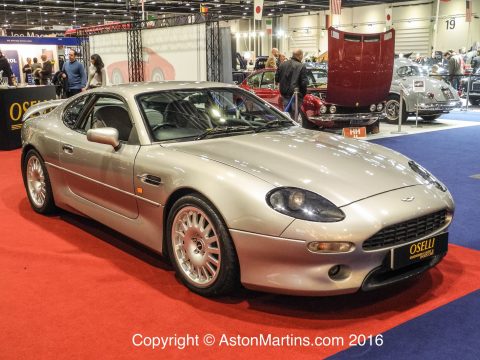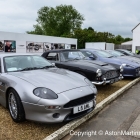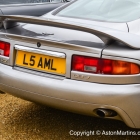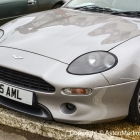As Walkinshaw was keen on a V12, it was only sensible that the basis for this was the familiar Jaguar unit. Ever since the 1980’s TWR has been building and racing the engine in the XJ-S and Group C XJR Le Mans cars as well as their rather special JaguarSport road cars. The resulting engine is best described as a detuned race unit rather than a simply modified regular Jaguar item. Bored out to 6.4 litres it was fitted with unique ‘fast-road’ 24 valve twin overhead cam heads and a Zytec engine management system.The result is a claimed output of 475 bhp and 470 lb.ft. of torque all through a six speed manual gearbox as used on the Corvette and appropriately, the supercharged V8 Vantage. The car has as you should expect uprated suspension and braking with wheels significantly wider than the regular i6.
Ian Callum’s updates to the shape didn’t involve changes to the metal but consisted of a revised lower air dam at the front, new rear skirt, new sills and small wheel arch extensions. Also added was an attractive rear wing that would be an attractive addition to any DB7.
Although the V12 DB7 was initially conceived as the personal car for the boss and to showcase for the talents of TWR as a special engineering company, the company must have hoped that Ford, owners of both Aston Martin and Jaguar would adopt the car for the much anticipated Vantage. Sadly this was not to be since Ford had earmarked a V12 of their own design for the higher performance Vantage derivative. The unique car was used for a few years by Tom but was eventually sold off when the financial situation at TWR deteriorated and it disappeared into a private collection, hidden from view.
The car was photographed at the 2016 London Classic Car Show on the stand of Aston Martin specialist, Oselli, and we are grateful them for assisting with the photographs.






















